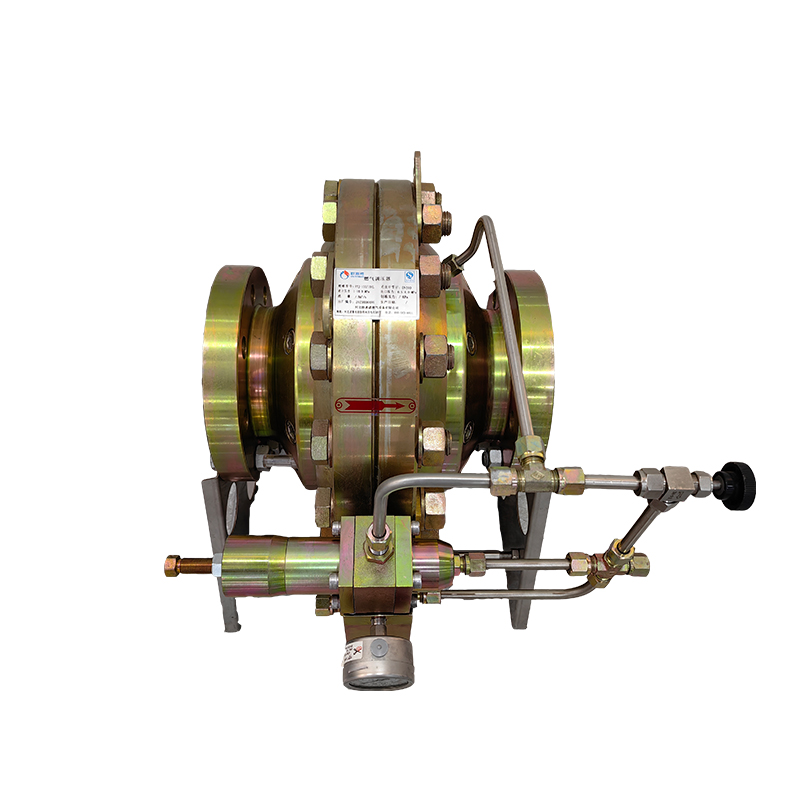
Jul . 25, 2024 12:59
Back to list
Natural Gas Valve Ensuring Safety and Efficiency in Energy Distribution Systems
Understanding Natural Gas Regulators
Natural gas is an essential resource that powers homes, industries, and vehicles around the globe. To ensure its safe and efficient use, one of the key components in natural gas systems is the gas regulator. This vital device is responsible for controlling and maintaining the pressure of natural gas as it travels through pipelines to reach consumers.
What is a Natural Gas Regulator?
A natural gas regulator is a mechanical device that reduces and regulates the pressure of gas from the supply line to a usable level for residential or commercial applications. Natural gas is typically supplied to consumers at high pressures, which can be hazardous if not controlled. The gas regulator essentially performs the critical function of stepping down the pressure to a safe and manageable level.
How Does a Gas Regulator Work?
The operation of a gas regulator is relatively straightforward. It consists of several key components, including a spring, diaphragm, and valve. The regulator is connected to the gas supply line, and as gas flows into the regulator, it exerts pressure against the diaphragm. The diaphragm is linked to a valve that opens and closes in response to the pressure.
When the gas pressure is too high, the diaphragm pushes against the spring, causing the valve to close slightly, reducing the flow of gas. Conversely, if the pressure drops below a certain threshold, the diaphragm allows the valve to open wider, permitting more gas to flow through. This continuous adjustment process ensures that the output pressure remains steady, regardless of fluctuations in supply pressure.
Importance of Proper Regulation
.
In addition to performance, safety is a paramount concern. Gas leaks can lead to explosions and environmental hazards. Properly functioning regulators prevent over-pressurization, which is crucial for preventing accidents.
صمام الغاز الطبيعي

Types of Gas Regulators
There are various types of gas regulators, each suited for specific applications. The primary kinds include
1. First-Stage Regulators These are used in high-pressure natural gas systems to reduce pressure before it reaches the second stage. They are typically utilized in industrial settings.
2. Second-Stage Regulators These are used in residential applications for further pressure reduction to standard operating levels. They provide users with a steady, safe gas supply.
3. Low-Pressure Regulators Designed for gas appliances that require low input pressure, these are often found in home heating systems, stoves, and water heaters.
4. High-Pressure Regulators Used for industrial applications, they handle much higher pressure levels and require greater durability and reliability.
Maintenance and Safety Checks
Regular maintenance of gas regulators is essential for ensuring their proper performance. Homeowners and businesses should schedule periodic inspections by qualified professionals. Common maintenance tasks include checking for leaks, ensuring that the regulator is free from corrosion, and confirming that all components are functioning correctly.
In conclusion, natural gas regulators play a critical role in the safe and efficient use of natural gas. By regulating the pressure, they not only protect consumers and appliances but also contribute to the overall efficiency of gas distribution systems. Understanding the importance of these devices is essential for anyone who relies on natural gas for their energy needs.
Latest news
-
Safety Valve Spring-Loaded Design Overpressure ProtectionNewsJul.25,2025
-
Precision Voltage Regulator AC5 Accuracy Grade PerformanceNewsJul.25,2025
-
Natural Gas Pressure Regulating Skid Industrial Pipeline ApplicationsNewsJul.25,2025
-
Natural Gas Filter Stainless Steel Mesh Element DesignNewsJul.25,2025
-
Gas Pressure Regulator Valve Direct-Acting Spring-Loaded DesignNewsJul.25,2025
-
Decompression Equipment Multi-Stage Heat Exchange System DesignNewsJul.25,2025

